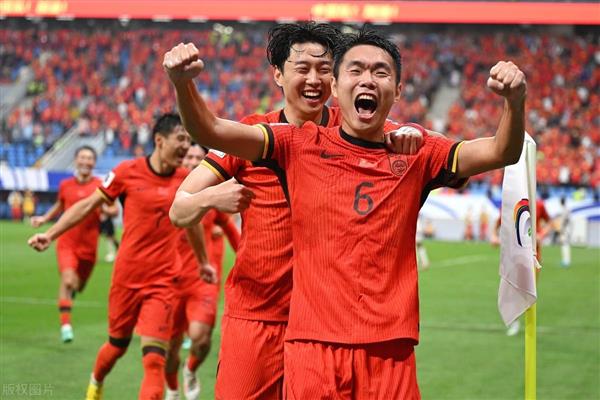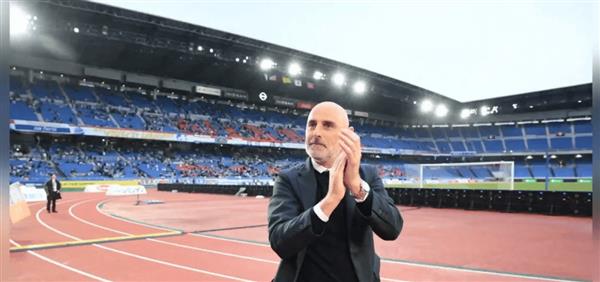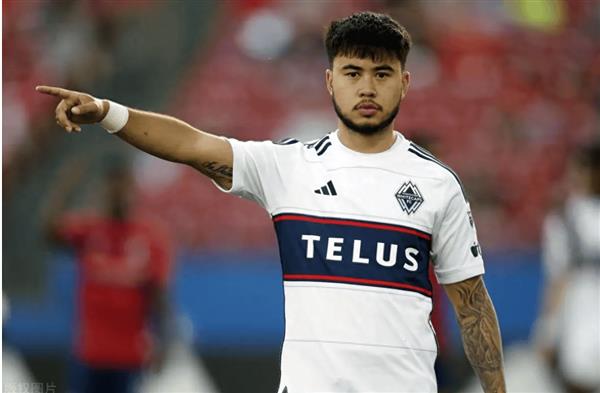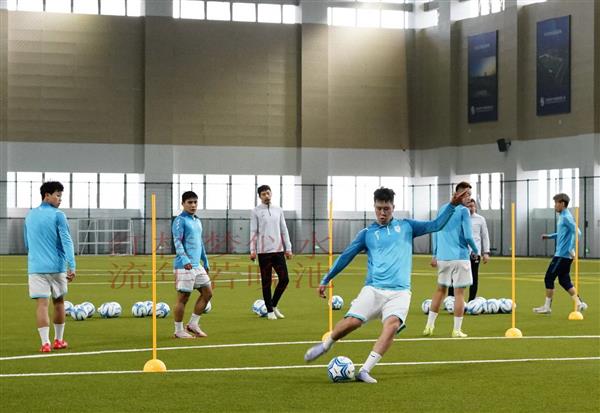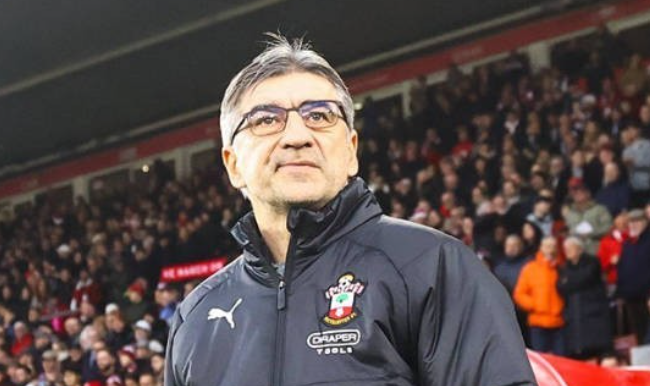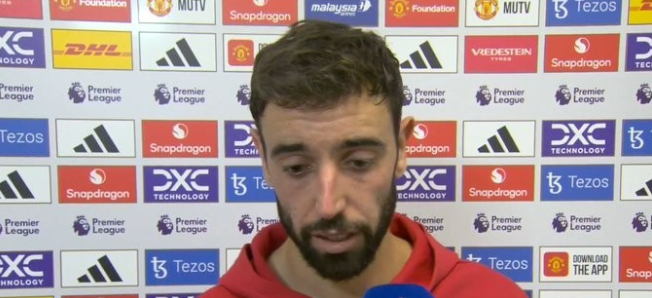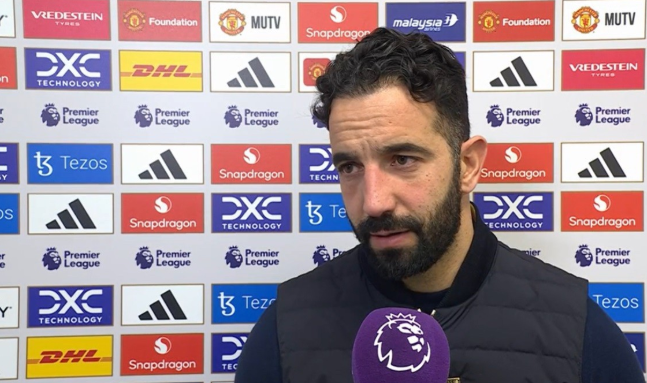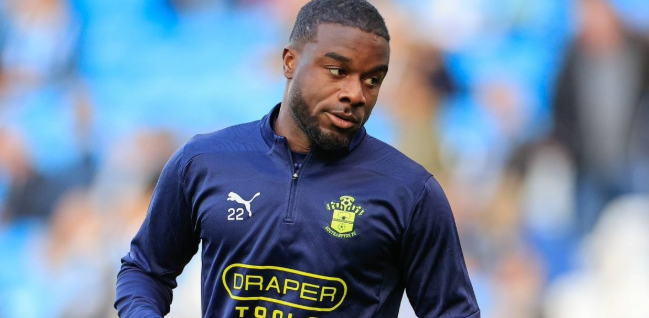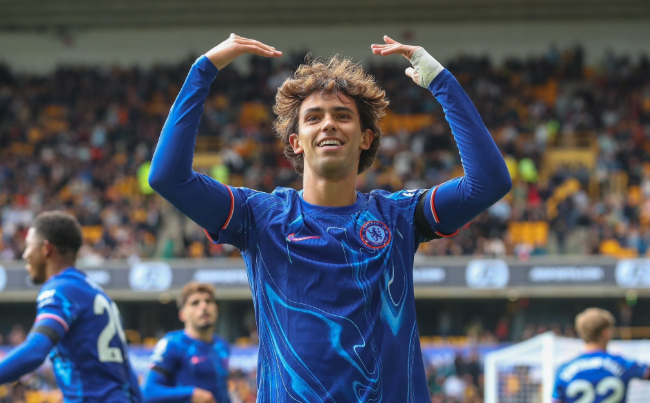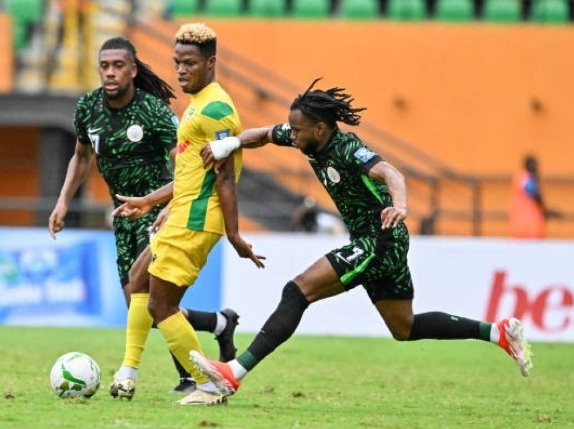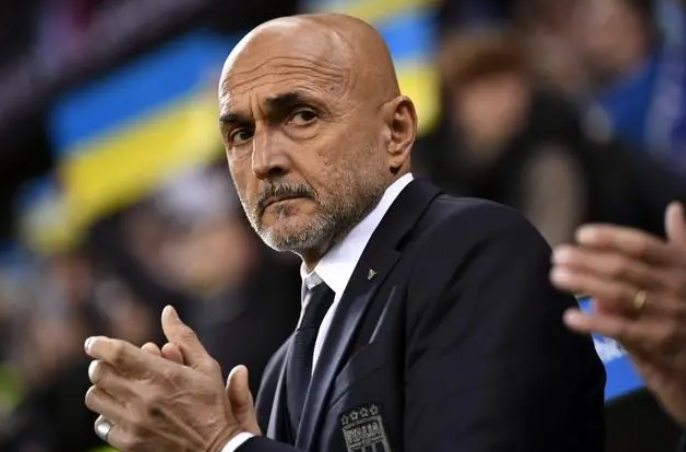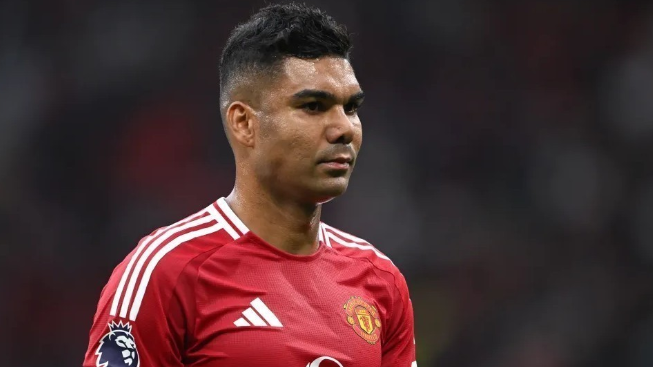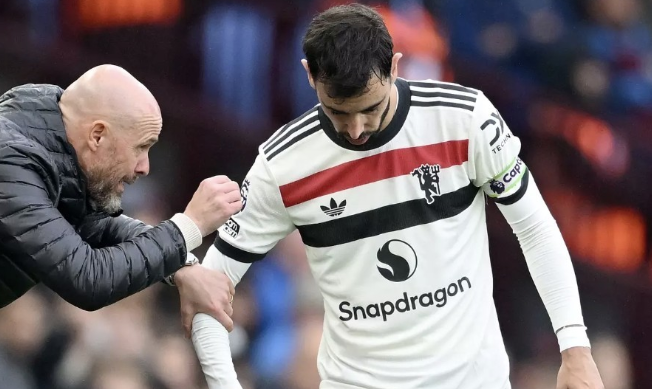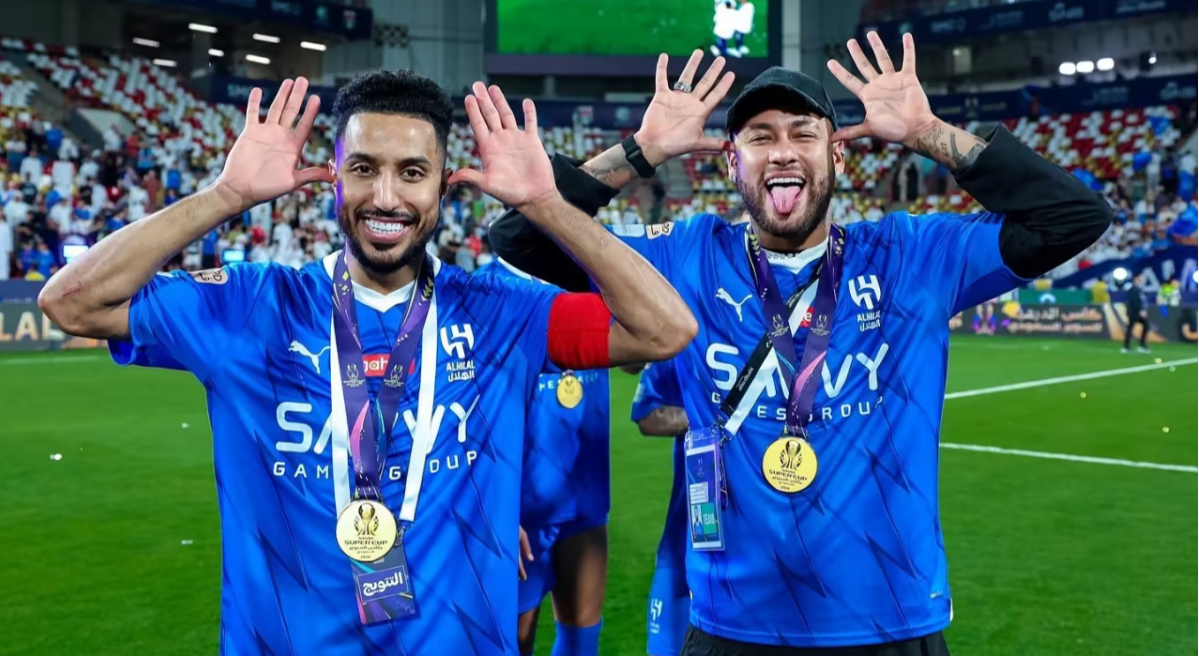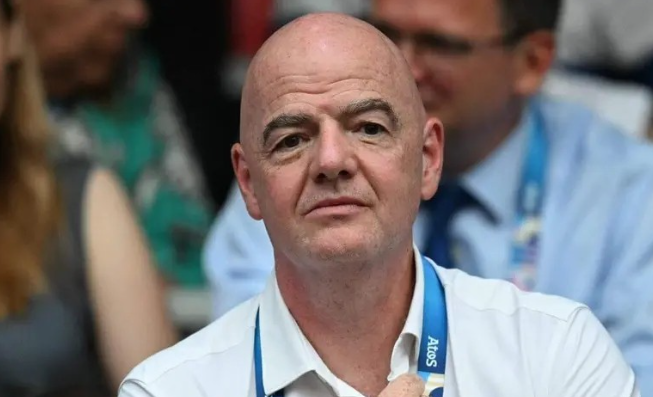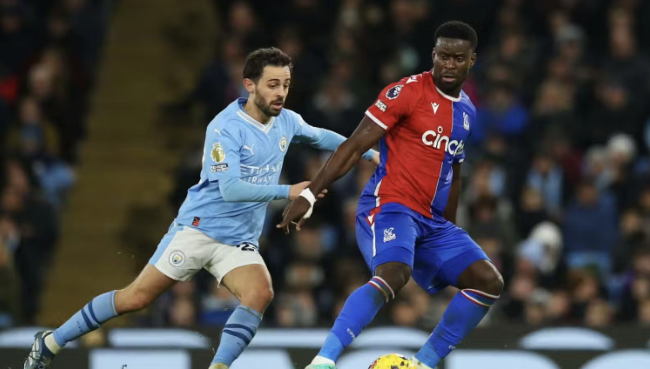
In modern society, sport is no longer just a competitive activity, it integrates the dual attributes of society and business. Originating from the industrial revolution and growing out of the media revolution, modern sports have profoundly influenced people's lives in the wave of globalization. From soccer superstars Lionel Messi and C Luo to basketball stars Curry and Durant, their influence has long transcended the sport itself and become the focus of global attention. While pursuing reform and opening up and economic growth, sports have also been hit by the wave of globalization and commercialization.
Despite the current prevalence of anti-globalization thinking, sport remains globalized, with little possibility of reverse globalization. Numerous sports are thriving on the global stage and attracting global attention.
However, some views try to solve all the problems overnight, such as "only the national system can improve the performance of the three major sports, so it should be returned to the sports team and sports school stage", or "the village super is the World Cup of the Chinese nation, the future World Cup will be changed into the World Cup of the Internet users become sports enthusiasts! " and so on. The fundamental problem with these views is that they do not really regard sports as a trade or industry.
From a global perspective, sports can be categorized into mass sports, amateur sports and professional sports, depending on the number of participants and the level of difficulty. We usually refer to professional sports as "competitive sports". However, professionals believe that professional sports are actually divided into two subfields, professional sports and vocational sports, and that there is a fundamental difference between the two in terms of the source of resources: professional sports are resourced by the government, and vocational sports are resourced by the market.
Professional sports are the pinnacle of modern sports, and globally, sports such as soccer, basketball, tennis, golf, and combat and motor racing are considered to be truly globalized professional sports. Baseball, rugby and ice hockey, on the other hand, are largely confined to North America. In addition, esports, as a field not recognized by the traditional sports industry, actually has the operating rules of professional sports. There are a total of ten professional sports around the world, many of which have established core event systems and are known as true IPs.
In this paper, we discuss "professional sports", which is rarely mentioned in Chinese sports but is very common in global sports. The reasons for exploring this direction are as follows: firstly, professional sports have huge commercial IP value, which can ensure the continuous operation of market participants without the interference of non-market factors based on market-oriented principles; secondly, professional sports have a huge driving effect on the whole sports industry, for example, stars such as Jordan and Lionel Messi were born in the process of the industrialization of professional sports and have promoted the development of the whole program and industry by virtue of their global influence and their followers of vertical sports enthusiasts. By virtue of their global influence and the following of sports enthusiasts, they have promoted the development of the whole program and industry.
So how do you define professional sports? A simple definition is: a sports program that derives commercial income from sports performance. Therefore, it is normal and reasonable that the subjects involved in professional sports are profit-seeking. This includes participating subjects such as leagues, clubs and athletes, as well as service subjects such as broadcasters, sponsors, venue operators, equipment and equipment suppliers, and marketing intermediaries serving professional sports.
There is also a common definition: the ratio of the number of participants to the number of spectators. This is the ratio of the number of people who participate in the sport to the number of people who do not participate but only watch. There is no fixed value for this ratio, but it is generally accepted that a ratio of more than 1:2 is considered to be a professionalized sport. Taking soccer as an example, the number of participants worldwide is about 300 million, and the number of spectators is at least 3 billion, with a ratio of 1:10; the number of participants in basketball is slightly higher than that of soccer, with about 1.5 billion spectators, with a ratio of 1:5.
Generally speaking, programs defined as professional sports are highly spectator programs that rely on attracting a large number of fans to watch the games and purchase related products and services to generate commercial revenue, and have a certain degree of profitability in order to attract investment institutions to invest.
There are three main entities in professional sports: the union, the club, and the player. In individual sports such as tennis and golf, the players' union plays a certain club role, but it is more of a union-player relationship. In collective sports, leagues in American programs have more power and branding strength, while clubs in Europe are relatively independent and better known. Players have high money-absorbing power in professional sports and are core assets, but for a limited period of time, while leagues and clubs have long-term value, and these are known as the top IPs of the sport and have high commercial value.
Since professional sports are commercially oriented, commercial revenue is fundamental in its determination of whether it is a professional sport or not. Commercial revenue mainly includes sponsorship, broadcasting and spectator revenue. Therefore, sports that cannot generate the three revenues do not belong to professional sports. Under this framework, let's analyze the problems facing professional sports in China.
Competition in professional sports: rowing against the current, not advancing or retreating
In the case of soccer, for example, despite the many changes that Chinese soccer has undergone over the decades, overall competitiveness has declined. This is related to the advancement of professionalized international soccer, which has led to China lagging behind in terms of international competitiveness, thus creating the impression that it is getting worse. In addition, the gap is even more pronounced in the short term due to the epidemic, which has led to a drastic reduction in the opportunities for Chinese teams to participate in high-level global competitions.
Currently, the number of Chinese men's soccer players playing in Europe's five top leagues is zero, while Japan and South Korea have over 200 and 100 players in European leagues, and the number of players playing for UEFA Champions League and UEFA Europa League level clubs is also very high. The number of South Korea's overseas players in this Asian Cup finalists' list is 14, and Japan's is 22.
Look at women's soccer. With the professionalization of women's soccer in Europe, China is currently playing for the top European professional women's football clubs only a handful of players, while Japan and South Korea have a number of players have established themselves in the top European leagues, China's women's football team with Japan and South Korea is widening the gap between the European top stars are not comparable.
In basketball, whether in the NBA or European leagues, China has not seen overseas players such as Yao Ming, Wang Zhizhi and Yi Jianlian, and Zhou Qi, once the best center in the country, is also lost in the transfer of domestic clubs.
Chinese professional sports lack the ability, courage and perseverance to go out, and the inadequacy of the domestic professional sports market has instead fueled this trend, such as monstrous domestic player salaries and the protection of domestic player playing quotas.
Turning the lens to golf and tennis, two individual-oriented professional sports, reveals a very different picture. Players are usually provided with training and playing expenses and opportunities by their families or the market, with commercially valuable development interests. They can represent their country at the highest level when the country needs them to do so. This model is largely in line with foreign professional sports in terms of training and development, management and competition, and is usually provided by a market-oriented team offering a full range of services.
Especially during the epidemic, training and competitions were basically held abroad, so the level of Chinese players has been maintained at a high level. Chinese players have won numerous victories on the U.S., European and Asian Tours, as well as major tennis open tournaments. Yin Ruoning was also briefly crowned the world's No. 1 women's golfer in September. The future of these two programs is full of subsequent talents, forming a good path of professional sports ladder development.
Although China has hosted numerous world-class competitions in the past decade, these comprehensive competitions are not equivalent to the development of real professional sports. In terms of the actual state of professional sports, there is still a gap between China's development and that of the world. Due to the inconvenience of communication caused by anti-globalization and the three-year epidemic, China's professional sports have seen an even more drastic regression. At this point in time, how to reform internally and open up externally so that Chinese sports can fully return to the global competitive landscape is what every sports industry manager needs to focus on.
Problems facing professional sports in China:
The development of sports in China is actually a microcosm of Chinese society and economy. With reform and opening up, China began to participate in the Olympic Games in 1984 and gradually integrated into the world. More than four decades later, China's economy has become an indispensable part of the world, with far-reaching effects on the global economy.
Unlike the achievements of the Olympic Games, China is still a "developing country" in terms of professional sports. So how do we look at the future development of professional sports in China? How can we find a way to develop sports with Chinese characteristics?
Let's take a look at our strategy first: for many years, we have worked around the "Olympic Strategy", investing more in Olympic programs and less in non-Olympic programs. This approach has been carried over into the National Games, Provincial Games and Municipal Games system, where the resources of the sports system are planned and allocated from the top down. Inputs from social resources have no chance of being integrated into the system as a whole, and can only slowly seep into the system from the bottom up.
Whenever we talk about sports reform in China, we are invariably beset by complex and systemic problems common to all of society. Here are issues such as the reform of the education system, the reform of the social public welfare system, and the reform of news and public opinion supervision. After pulling the threads out of the cocoon, we still need to grasp the key point of the problem: what in the end can really start the engine of China's professional sports development?
Let us first review an important theory in the development of China's forty-year reform and opening-up market economy: at the beginning of China's economic take-off, the British economist Ronald Coase put forward an important "Coase's Theorem" in his theory of new institutional economics. Later on, the Chinese economics profession adopted it as the guiding principle, and to a certain extent, it also influenced the decision-making process of reform and opening up.
"The general interpretation of the Coase Theorem is that, as long as property rights are explicit and transaction costs are zero or small, the end result of market equilibrium is efficient and achieves Pareto Optimality in the allocation of resources, regardless of who the property rights are granted to at the outset.
"There are two key words in the Coase Theorem - "clear property rights" and "transaction costs". Looking back at the process of China's domestic economic reform, every historical turning point has been accompanied by the principles of clearer property rights reform and lower transaction costs.
In the second part of this article, we discussed the definition of professional sports. Under the logic of "commercial interests", we study how the concepts of "clear property rights" and "transaction costs" can help Chinese professional sports find the key to real marketization, and how the development of professional sports in China can be viewed according to the theory of market economy. The core of this paper is to examine how the concepts of "clear property rights" and "transaction costs" can help China's professional sports find the key to real marketization, and to view the development of Chinese professional sports according to the theory of market economy.
In China, there is no such thing as freehold. Whether it is a 50-70 year title for landed property or a concession for certain public facilities, there is a limit of years. The market accepts this. However, for short-term operating rights or projects with no property rights vested in them, because there is no long-term contract as a guarantee, their market value is incalculable. In this case, neither the government nor the market can optimize the allocation of resources. This is particularly evident in the polarization of professional sports in China.
Chinese soccer from the "red mountain pass meeting" began, on the entity and professionalization of the heated discussions, to the Chinese super "gold soccer" to Chinese soccer left a chicken feather, the investment of funds is not a lot, but why the more open the more defeat? Although the three top leagues have set up the Chinese Super League and CBA companies, the separation of management and operation is not a true independence of property rights or franchises. The longest CBA authorization period is ten years, by this year there will be three years left, what the future is not yet known. Moreover, from the shareholder structure to the organization of the operation, have not yet got rid of the shadow of the original plan distribution.
As we can all see, there are a lot of chaos and strange things in the Chinese Super League and CBA League. In fact, the root of the problem is that there is no reasonable market-oriented management organization based on the property right system to realize the "Pareto-optimal" resource allocation. In golf and tennis, which are mainly individual sports, the property rights of athletes belong to individuals, and the events are operated completely independently in the commercial aspect, so Chinese athletes can achieve very good results, and there is also a lot of room for operation in the commercial aspect.
After discussing property rights, let's talk about "transaction costs".
The high level of commercialization in professional sports generates a large number of specialized divisions of labor, which ultimately give rise to the special organization of the league. Leagues reduce transaction costs between independent sports clubs and external partners as well as internally, which is one of the major differences between professional sports and other business organizations.
The league of professional sports should play the role of helping clubs to increase their income, and at the same time have a strict financial fairness system at the league level to control the participants' uncontrolled inputs and ensure the healthy development of the whole. The current reality is that in the golden dollar soccer stage, each club works on its own, and the only thing the league can control is the rewards and penalties in the competition system, rather than the enterprise mode of operation. In the post-golden-dollar era, it is even more difficult to make ends meet, and the appeal of the league is completely supported by administrative directives, which makes it even more meaningless to exist and creates a vicious circle.
Let's look at one more point. Because of the strong support of the property rights system, all developed leagues in professional sports support the transfer of clubs, and have a perfect legal and regulatory system for the transfer of players, as well as a perfect protection mechanism for the rights and interests of players. This is a core mechanism for the operation of professional sports. On the contrary, China's professional sports, the transfer of the Chinese Super League clubs can not leave the city, the CBA player transfer contradictions frequently, the Chinese Super League in the A player salary arrears serious, the basis of the market's efficiency has been completely lost, the transaction cost is very high, naturally, no funds are willing to invest in this industry.
To summarize the author's point:
If the IP or long-term operation right of professional sports is licensed to an independent league company operating on a market-oriented basis, and the whole league is operated and managed on a market-oriented basis, it should be a rare and scarce asset in the capital market that cannot be found in the investment field. And the clubs, athletes and service organizations based on property rights reform have vitality and commercial value.
pending
The problems encountered in Chinese sports are systemic, and we need to take the road of socialist sports development with Chinese characteristics. We are not abandoning the "Olympic strategy", but rather refining it:
1. With regard to the Olympic sports of professional sports, many of them are "of great concern to the people, and there is still a considerable gap between them and the international advanced level". These programs should follow the commercial logic of professional sports, promote property rights reform as much as possible, and set up a complete professional sports system based on the principle of reducing transaction costs;
2. For Olympic sports that are not professional sports or non-Olympic sports with low participation, such as diving, weightlifting or biathlon, the input of professional sports and the advantages of the national system are still maintained;
3. As far as possible, management of non-Olympic sports that have a broad public base or are new, should be decentralized to the market, so that the market can stimulate vitality. At the same time, social organizations should be allowed to participate, so that marketization and social welfare can play a role at the same time. The governing body should intervene less and encourage more, supervise less and help more, with a view to establishing broader industry standards.
Why are there so many categories? It is because the sports industry does have certain special characteristics. For example, stadiums, national fitness, basic sports training and amateur sports events all possess a strong social and public interest nature. If they are to be fully marketized, it will bring about great cost investment and low returns. Small and medium-sized community-based sports venues, like libraries and museums, cannot be operated on a purely commercial basis. Therefore, this part of the project should be shared by the Government and the community as a whole.
The property rights reform in professional sports described in this paper refers to a systemic reform. The clarification of property rights (franchise) is only the starting step, but also the most important one. After the property right reform is done, the market-oriented operation also needs to figure out a feasible road that meets Chinese characteristics step by step.
"You can't make a thousand miles without short steps." Deepening the reform of China's sports based on promoting the reform of the property rights of professional sports programs is the only way to make China move from a big sports country to a strong sports country; the only way to make the sports industry become a sunrise industry, a green industry, and gradually develop it into a pillar industry of China's economy; and the only way to better display the country's image, enhance the sense of identity and affinity of the international community towards China, and continuously enhance the country's soft power and international influence.

